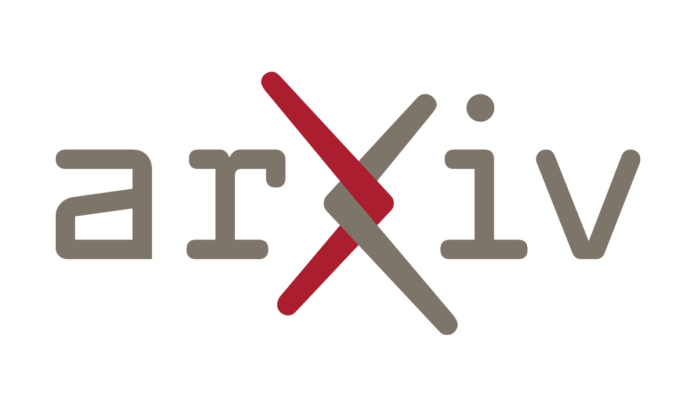arXiv:2407.12357v1 Announce Type: new
Abstract: Recent years have witnessed a rapid growth of recommender systems, providing suggestions in numerous applications with potentially high social impact, such as health or justice. Meanwhile, in Europe, the upcoming AI Act mentions emph{transparency} as a requirement for critical AI systems in order to “mitigate the risks to fundamental rights”. Post-hoc explanations seamlessly align with this goal and extensive literature on the subject produced several forms of such objects, graphs being one of them. Early studies in visualization demonstrated the graphs’ ability to improve user understanding, positioning them as potentially ideal explanations. However, it remains unclear how graph-based explanations compare to other explanation designs. In this work, we aim to determine the effectiveness of graph-based explanations in improving users’ perception of AI-based recommendations using a mixed-methods approach. We first conduct a qualitative study to collect users’ requirements for graph explanations. We then run a larger quantitative study in which we evaluate the influence of various explanation designs, including enhanced graph-based ones, on aspects such as understanding, usability and curiosity toward the AI system. We find that users perceive graph-based explanations as more usable than designs involving feature importance. However, we also reveal that textual explanations lead to higher objective understanding than graph-based designs. Most importantly, we highlight the strong contrast between participants’ expressed preferences for graph design and their actual ratings using it, which are lower compared to textual design. These findings imply that meeting stakeholders’ expressed preferences might not alone guarantee “good” explanations. Therefore, crafting hybrid designs successfully balancing social expectations with downstream performance emerges as a significant challenge.
Sign in
Welcome! Log into your account
Forgot your password? Get help
Create an accountCreate an account
Welcome! Register for an account
A password will be e-mailed to you.
Password recovery
Recover your password
A password will be e-mailed to you.
